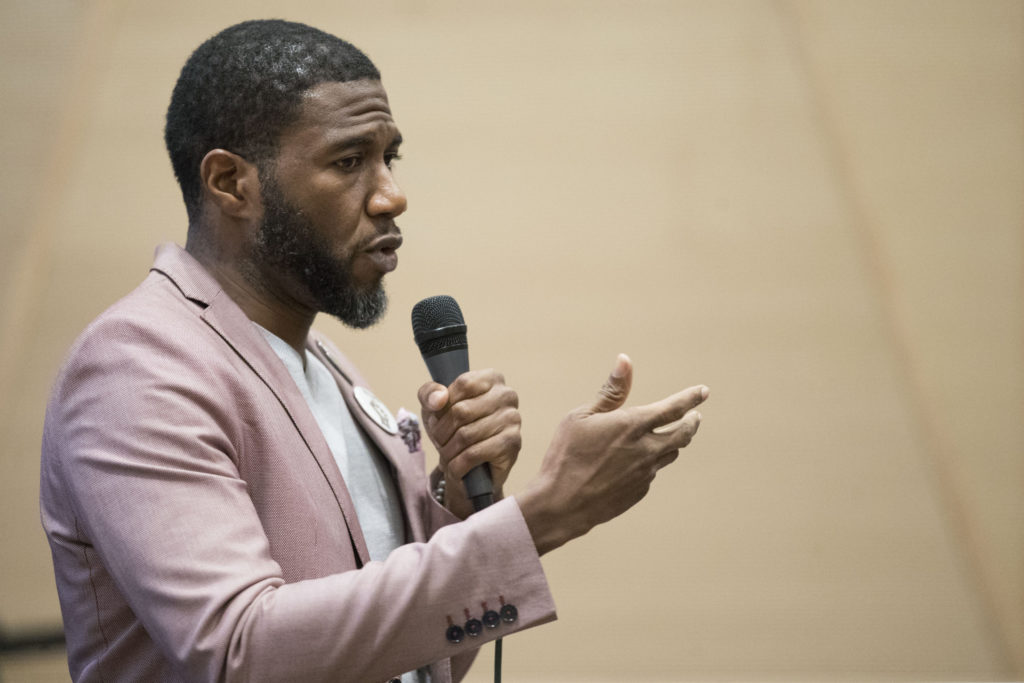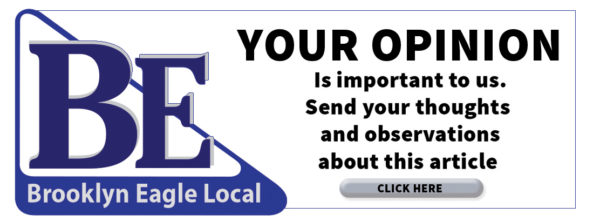Opinions & observations: Like COVID-19, gun violence is a public health crisis

 NYPD Commissioner Dermot Shea’s recent comments against public officials pursuing police reform were misguided, hyperbolic and incendiary. Beyond that, they were harmful in the overall shared goal of public safety, of saving lives.
NYPD Commissioner Dermot Shea’s recent comments against public officials pursuing police reform were misguided, hyperbolic and incendiary. Beyond that, they were harmful in the overall shared goal of public safety, of saving lives.
But I do agree with one thing the commissioner said — we desperately need leadership. Leadership that has, in his words if not his intent, a “goddamn clue what they are talking about.” Leadership that has been lacking in the face of one public health crisis and which is vital to meeting the scope of another.
For months, the COVID-19 pandemic has ravaged this country, with our city as its epicenter. Tens of thousands of lives lost and forever changed in New York City, inequities exposed and exacerbated. Now, as we see positive signs within New York in the recovery from that pandemic, a plague that has long afflicted our city is growing, claiming lives and causing devastation: gun violence.

Brooklyn Boro
View MoreNew York City’s most populous borough, Brooklyn, is home to nearly 2.6 million residents. If Brooklyn were an independent city it would be the fourth largest city in the United States. While Brooklyn has become the epitome of ‘cool and hip’ in recent years, for those that were born here, raised families here and improved communities over the years, Brooklyn has never been ‘uncool’.